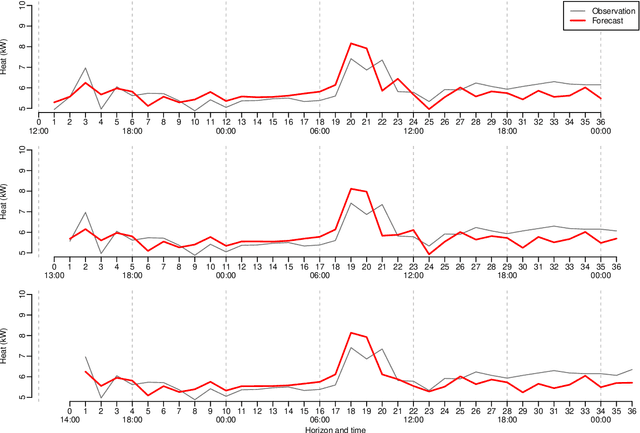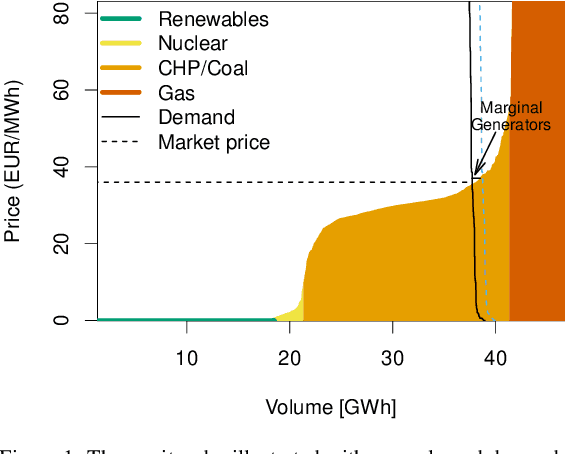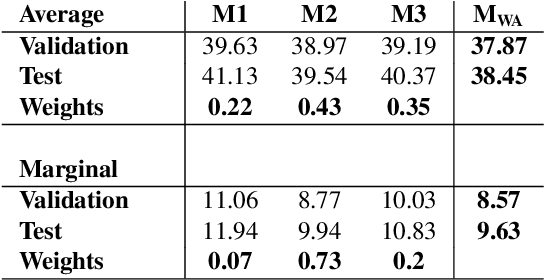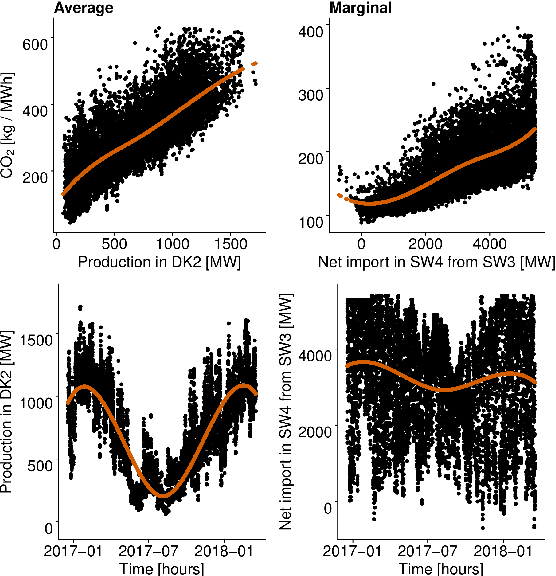Peder Bacher
onlineforecast: An R package for adaptive and recursive forecasting
Sep 27, 2021
Abstract:Systems that rely on forecasts to make decisions, e.g. control or energy trading systems, require frequent updates of the forecasts. Usually, the forecasts are updated whenever new observations become available, hence in an online setting. We present the R package onlineforecast that provides a generalized setup of data and models for online forecasting. It has functionality for time-adaptive fitting of linear regression-based models. Furthermore, dynamical and non-linear effects can be easily included in the models. The setup is tailored to enable effective use of forecasts as model inputs, e.g. numerical weather forecast. Users can create new models for their particular system applications and run models in an operational online setting. The package also allows users to easily replace parts of the setup, e.g. use kernel or neural network methods for estimation. The package comes with comprehensive vignettes and examples of online forecasting applications in energy systems, but can easily be applied in all fields where online forecasting is used.
Short-Term Forecasting of CO2 Emission Intensity in Power Grids by Machine Learning
Mar 10, 2020



Abstract:A machine learning algorithm is developed to forecast the CO2 emission intensities in electrical power grids in the Danish bidding zone DK2, distinguishing between average and marginal emissions. The analysis was done on data set comprised of a large number (473) of explanatory variables such as power production, demand, import, weather conditions etc. collected from selected neighboring zones. The number was reduced to less than 50 using both LASSO (a penalized linear regression analysis) and a forward feature selection algorithm. Three linear regression models that capture different aspects of the data (non-linearities and coupling of variables etc.) were created and combined into a final model using Softmax weighted average. Cross-validation is performed for debiasing and autoregressive moving average model (ARIMA) implemented to correct the residuals, making the final model the variant with exogenous inputs (ARIMAX). The forecasts with the corresponding uncertainties are given for two time horizons, below and above six hours. Marginal emissions came up independent of any conditions in the DK2 zone, suggesting that the marginal generators are located in the neighbouring zones. The developed methodology can be applied to any bidding zone in the European electricity network without requiring detailed knowledge about the zone.
 Add to Chrome
Add to Chrome Add to Firefox
Add to Firefox Add to Edge
Add to Edge